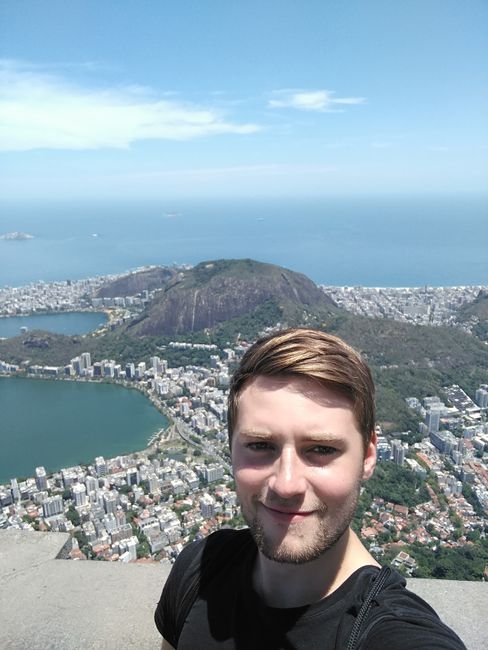Once across the Atlantic
Yayınlanan: 18.10.2017
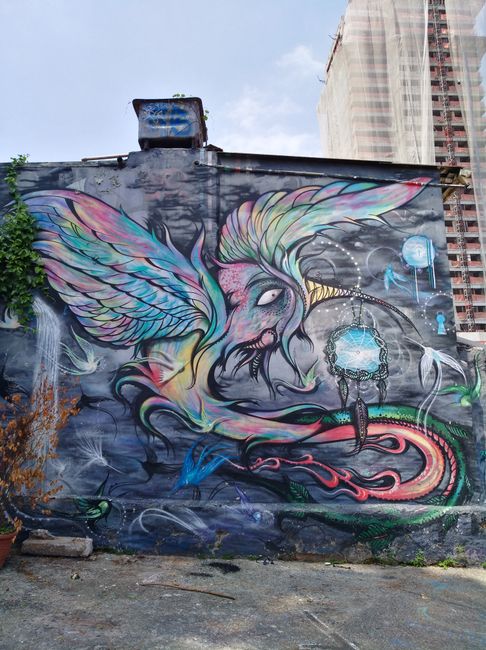
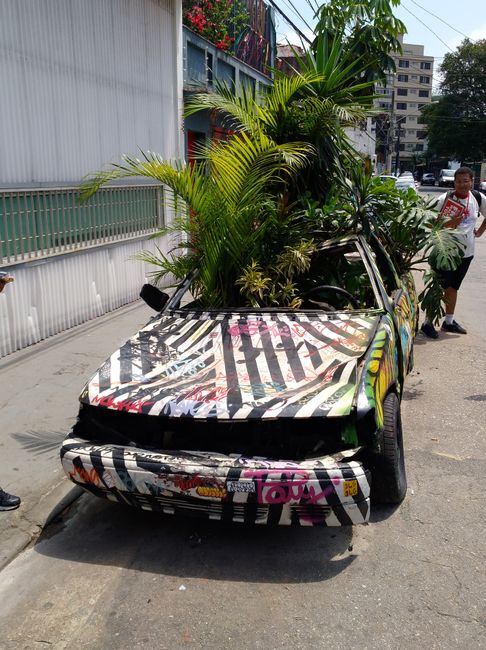
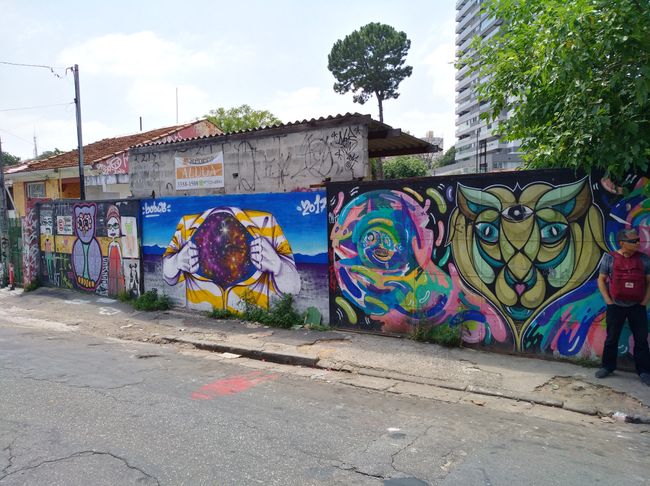
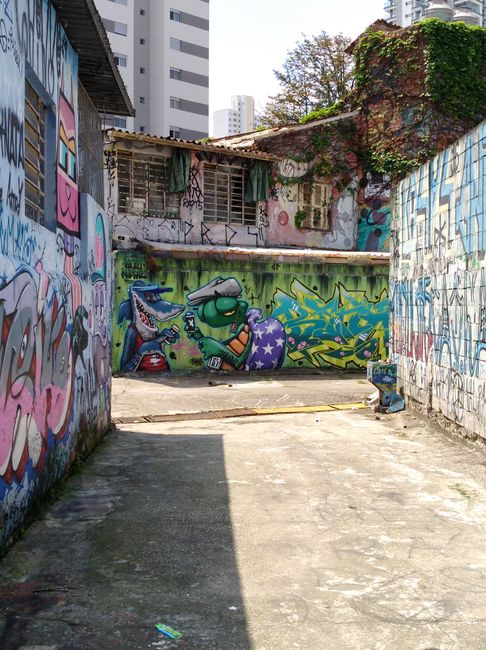
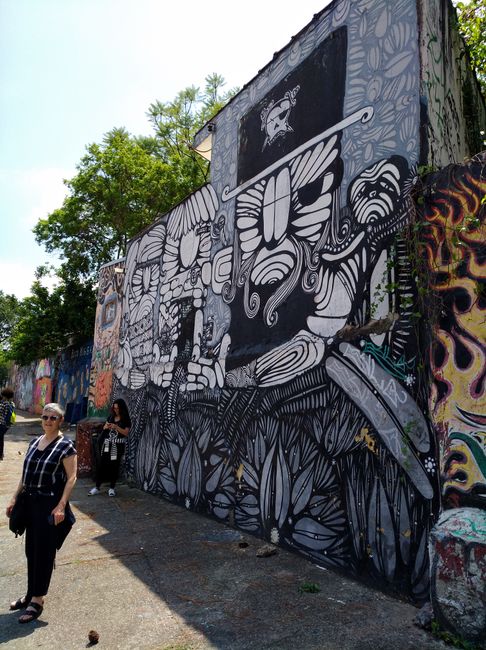
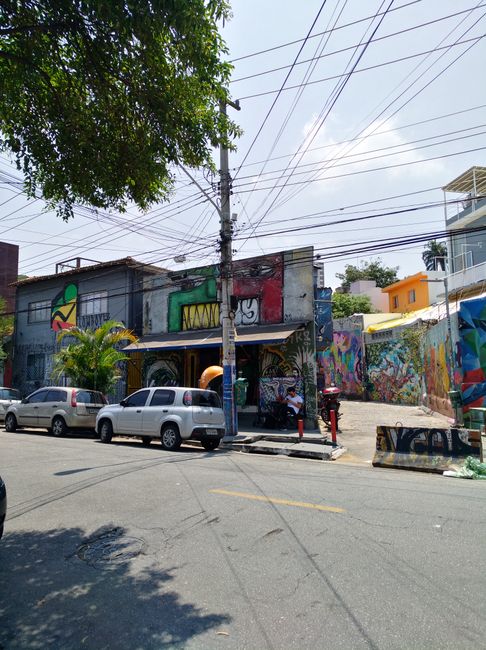
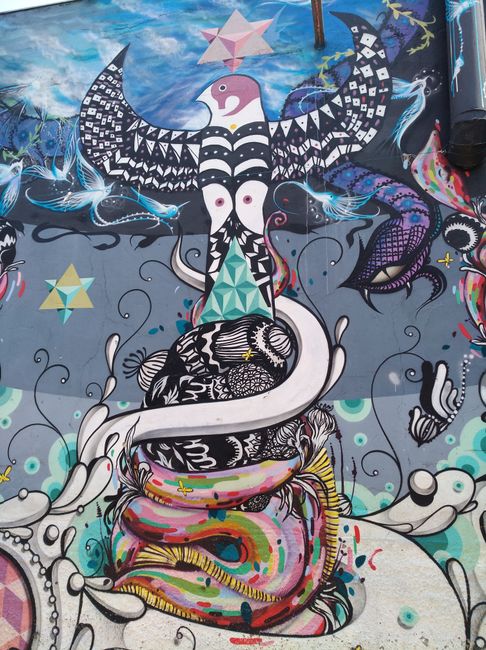
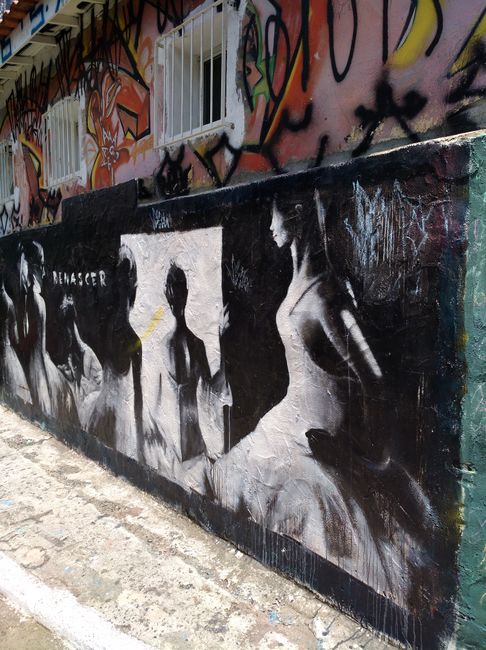
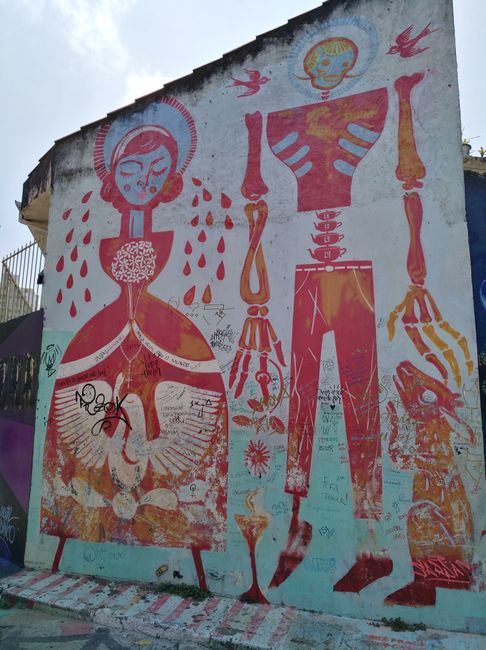
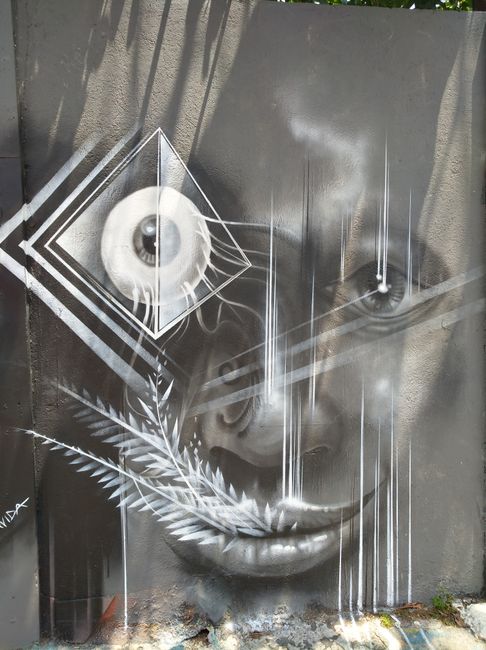
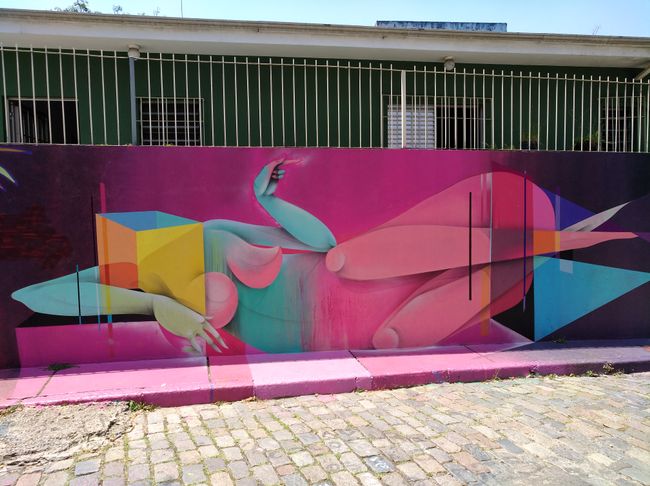
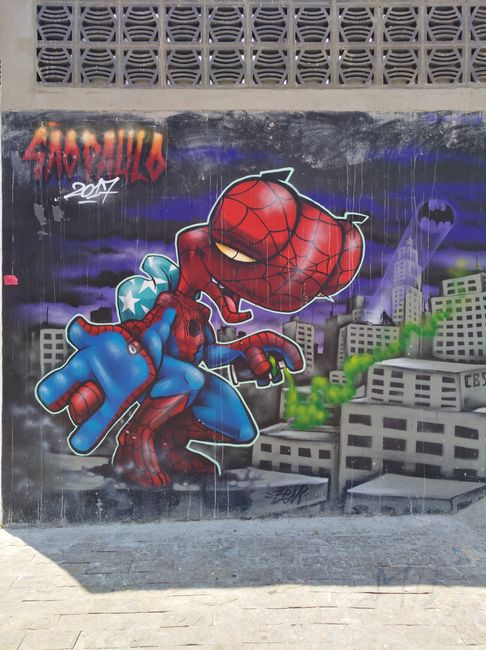
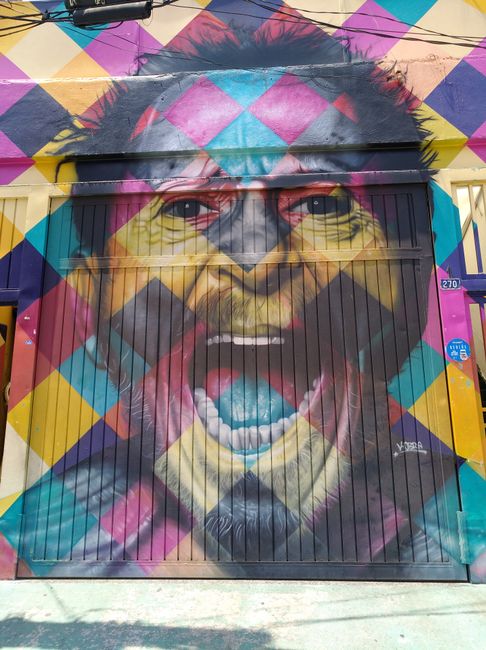
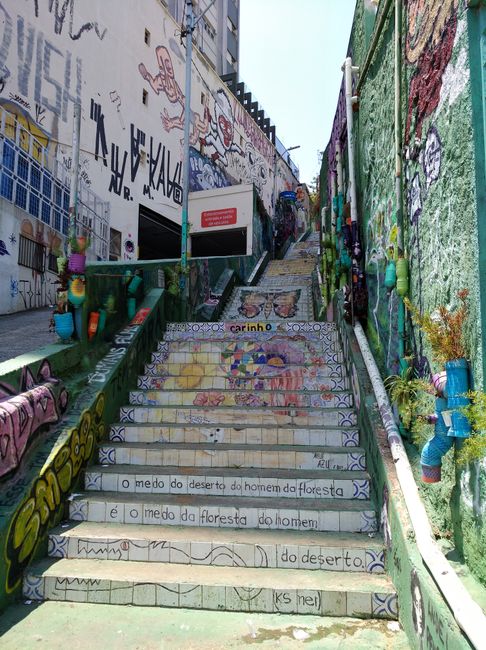
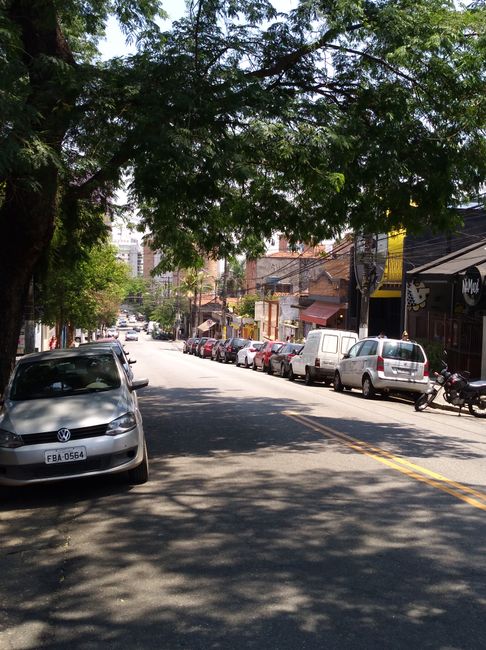
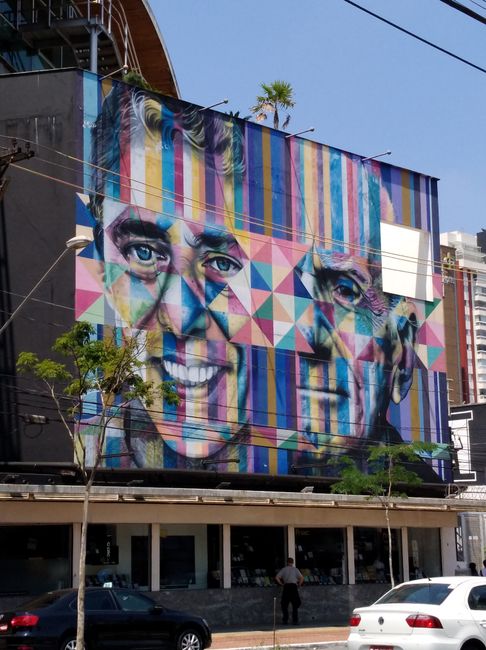
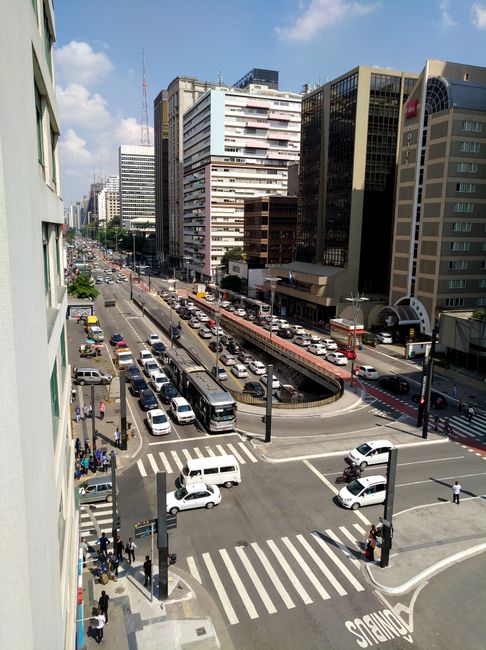
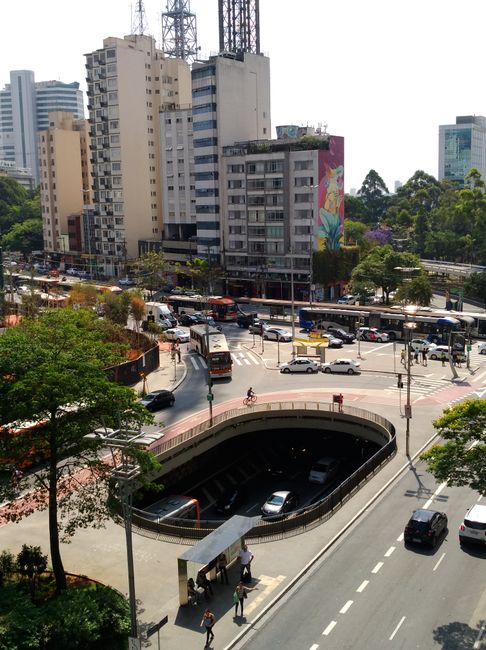
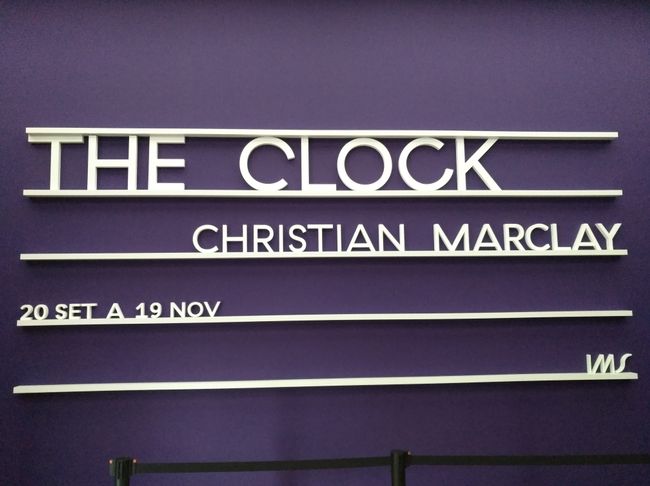
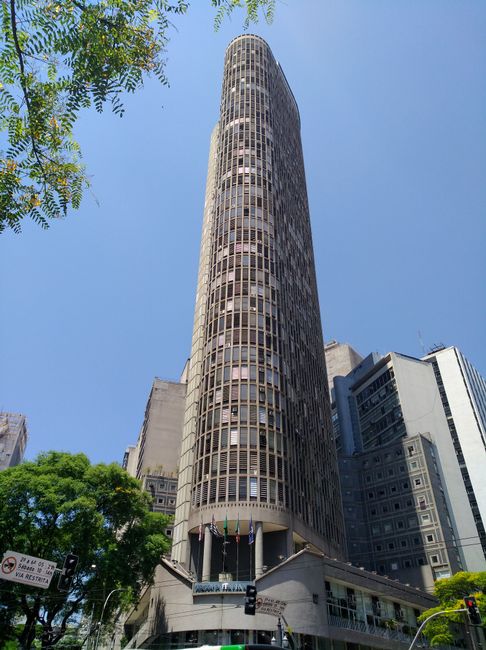
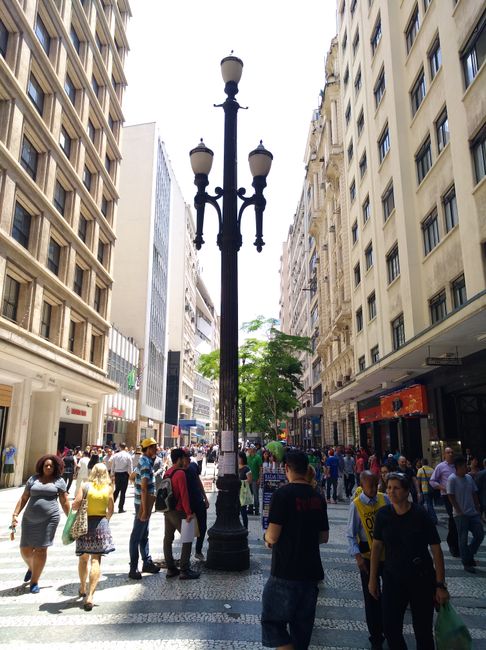
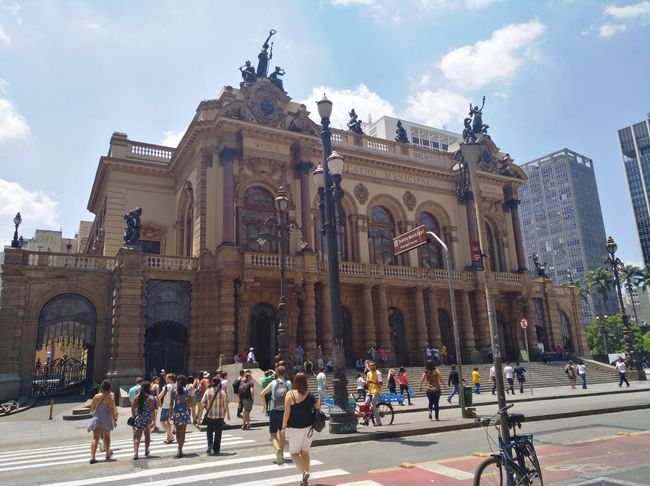
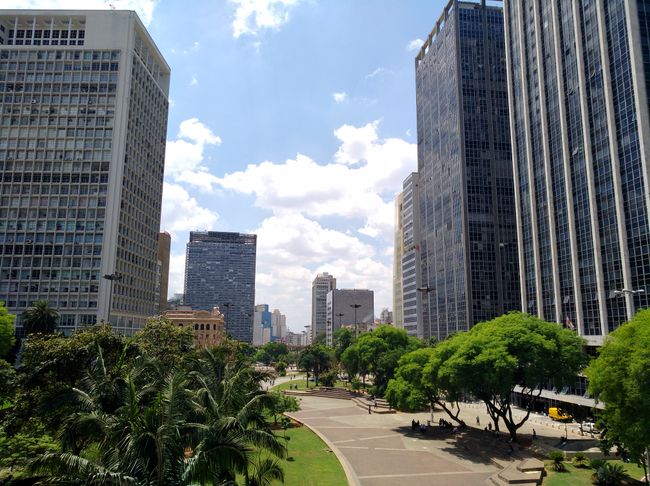
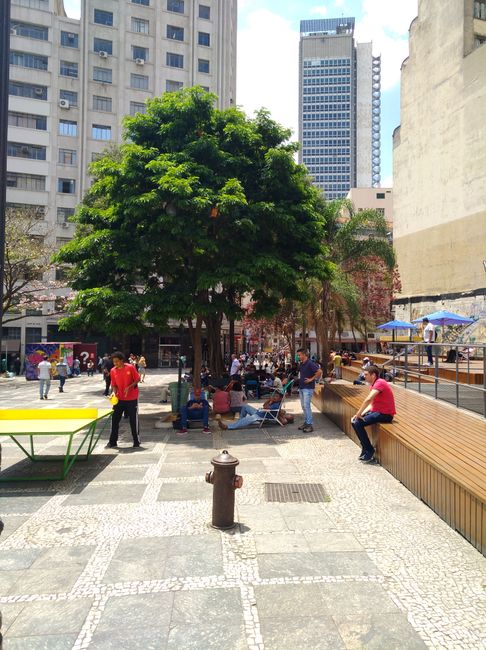
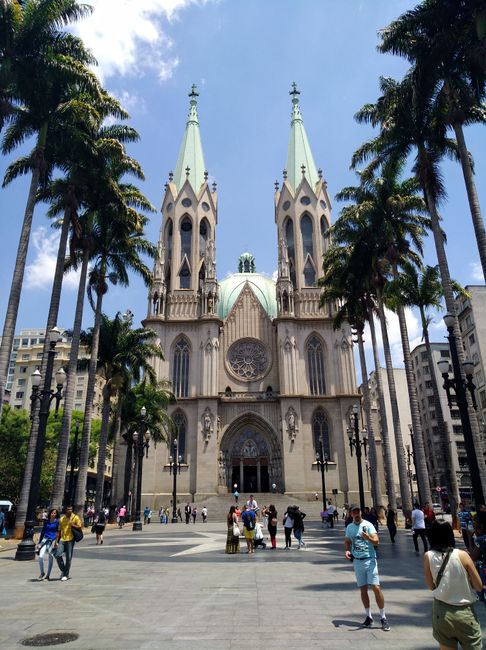
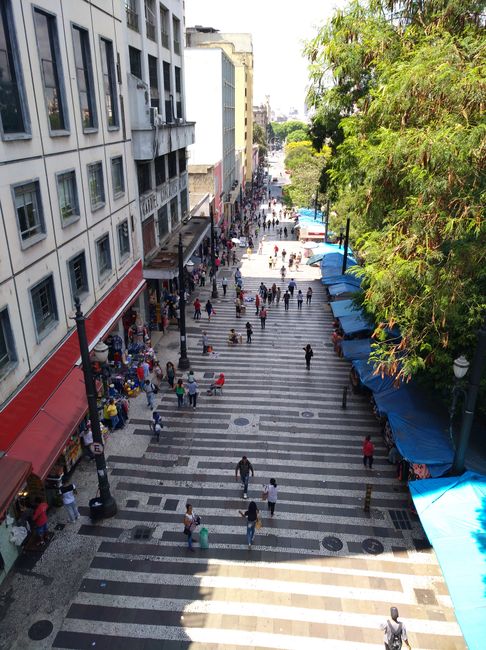
Haberlere kayıt ol
After just under a month on the black continent, it is now heading west to South America - more specifically Brazil. Only ten hours in a South African Airlines plane separated me from white sandy beaches, samba music and bustling metropolises. On the plane, I was the only non-South American or Asian person. My Uruguayan seat neighbor should be a South American version of Eric Cantona, who could give me some good tips for Uruguay in broken English. I named him Eric.
Eric tried twice during the flight to order whiskey cola without ice. When he received a can of cola and a cup of ice without whiskey twice, he finally gave up. So much for the cabin crew, which not only ignored the fact that my seat in front of me threw his headphones and half a pack of cookies on the floor, but also calmly spread both on the floor.
When we reached our cruising altitude, the lights went out and the windows should be pulled up, so you didn't know if the sun was shining or the world was ending.
After a short nap, I turned to the onboard program and immediately noticed that 66C should prove to be a good seat choice.
Because more than half of the passengers around me were allowed to watch black screens for the ten-hour flight. Fortunately, I belonged to the other half and could enjoy movies with minute interruptions and picture quality, whereas even the semi-legal internet streams resemble an IMAX cinema. Since my Spotify account unfortunately stopped working since Africa, I also had to rely on the onboard entertainment program to listen to music. It shone with African beats, club house, classic suite or pop charts. Unfortunately, said music program was most likely last updated before the turn of the millennium, so I was allowed to listen to music from my parents' youth. At least the food, apart from the pasta salad, was really good. After all, you have to somehow earn the title of Africa's best airline 13 times in a row.
If you read the travel and safety tips from the Federal Foreign Office for Brazil, you might get the feeling that it is more of a suicide mission than a relaxed travel destination. Even if you read travel reports from others, street robberies are not exactly rare.
That's why I had mixed feelings rather than great anticipation when landing. But now I was there. From the Botswana bush and the Namibian desert to the 20 million metropolis of Sao Paulo, named after the Apostle Paul and by far the largest city in South America.
I was taken from the airport to the Vila Mariana hostel with an Uber, and during the ride I could directly observe some characteristics of Sao Paulo and South America. Because my driver, like countless Uber drivers after him, didn't speak a word of English. So we were silent for a good hour.
Although I can speak some Spanish, Portuguese is known to be spoken in Brazil. Although Brazilians understand Spanish, they usually don't speak it, so conversations often end up being one-sided.
The traffic in Sao Paulo reminds me a lot of Southeast Asia. Changing lanes seems to be a popular sport and traffic lights are more for decoration.
Sao Paulo is also an extremely multicultural city, which has to do with the beginning of coffee cultivation in the mid-19th century and the abolition of slavery in 1888. As a result of a targeted immigration policy in the early 20th century, immigrants from Italy, Germany, Spain, Turkey, and Japan, among other countries, came to Sao Paulo and settled in the city. Furthermore, Sao Paulo is the most important economic, financial and trade center as well as transport hub in Brazil.
I decided to take part in two of the three free walking tours through Sao Paulo, which show the most important and most worth seeing sites in Sao Paulo. These tours are based solely on tips and are really recommendable due to their enthusiastic and English-speaking guides. It is also a great way to meet new people.
The first tour took me through the trendy district of Vila Madalena, which is full of urban art, bars, and nightclubs. It started with a backyard full of artworks by the local art scene. Unlike in Germany, spraying graffiti is allowed in Brazil. Only the tagging of gang signs or names is prohibited. I personally think that what I saw was really art. The famous and less famous artists have plenty of space here to express their creativity. So there are artworks by Ninguem Dorme, Boleta, whose trademark are the hummingbirds, and Kobra, who is known for his realistic portraits combined with geometric figures. Kobra's artworks can be seen all over the district. For example, on a garage door, the Brazilian composer Tom Ze, as well as the musician and author Chico Buarque and the writer Ariano Suassuna, who died in 2014, can be seen on a large house wall.
We then went to the famous 'Batman Alley'. The nickname comes from the fact that in the 80s, the DC comic hero Batman was sprayed large on the wall. Over time, the alley became a meeting point for spray painters and the Batman portrait has now been completely painted over. Nevertheless, there are still small hints of Batman everywhere in the alley.
We also saw the famous Patapio stairs and the Aspicuelta Street, Vila Madalena's nightlife street. In 2014, on the occasion of the World Cup, a huge unofficial fan festival took place here. But I didn't want to start any major discussions about the outcome or the semi-finals here.
After finishing the three-hour walking tour at 32 degrees, I went to Avenida Paulista, probably the most important street in Sao Paulo, with countless skyscrapers. I stopped at the Instituto Moreira Salles (IMS) and watched Christian Marclay's 'The Clock' for half an hour. 'The Clock' is a 24-hour video installation with excerpts from movies in which time can be seen or is spoken. For example, by a wristwatch, a church clock, or a wall clock. The time in the film always gives the exact time in reality down to the minute. Everything in the original sound and sound and so well edited that it almost creates its own dramaturgy. Definitely worth a visit and good if you have to literally pass the time.
Back at the hostel, I noticed the four-hour time difference for the first time at night. So I woke up at four in the morning and couldn't sleep properly anymore.
The next day was the tour of Old Downtown Sao Paulo. We passed from Republica Square, the City Hall, and the Martinelli Building, from where you have a wonderful view of the city. Unfortunately, the viewing platform is currently closed due to a fatal incident. Another way to get a view of Brazil's largest city from above is the Copan Building, which can only be visited at certain times.
We also saw the Municipal Theater and the Sé Cathedral. All in all, however, it is not very spectacular, as the city seems quite run-down. Definitely not comparable to Western European standards in terms of cleanliness or building renovation.
Haberlere kayıt ol
Cevap (1)
Heiko
Hallo emil, der eindruck von sao paulo ist für mich etwas besonderes. 1974 haben wir 10 lichtsignalanlagen nach sao p geliefert. Ich sollte sie installieren. Die ausreise aus der ddr wurde mir jedoch nicht gestattet aus pol. Gründen. Viellei hatte es auch etwas gutes, wenn ich deinem bericht über die verkehrsdisziplin der brasilianer foöge. Weiter gute reise und so aufschlussreiche ausführungen. 
